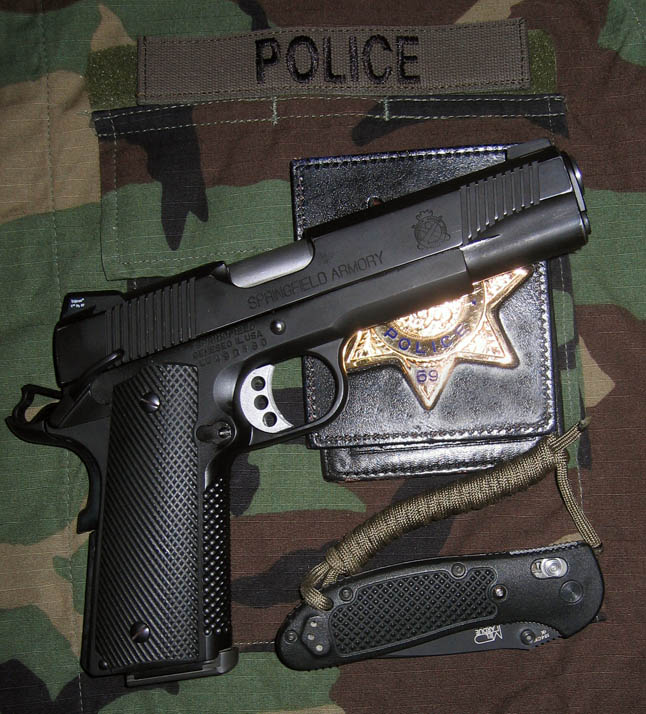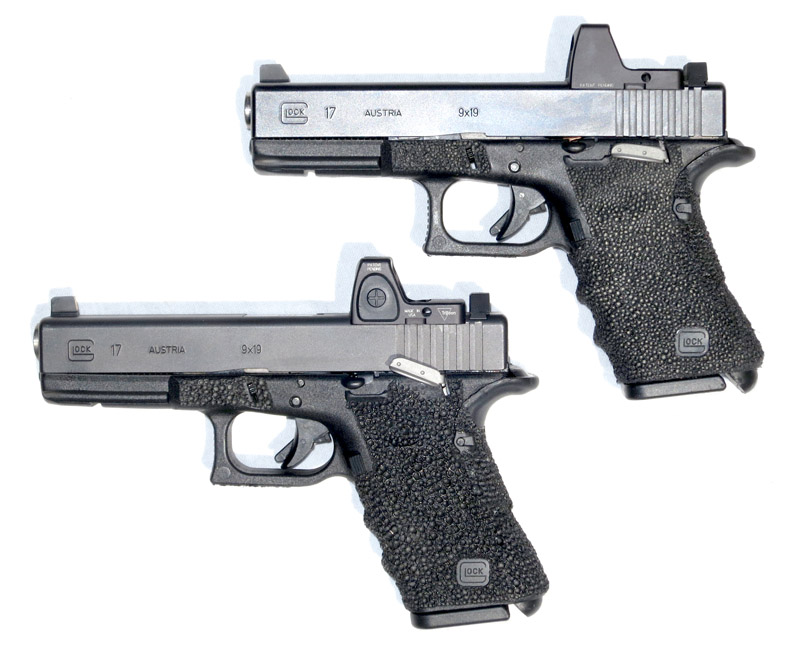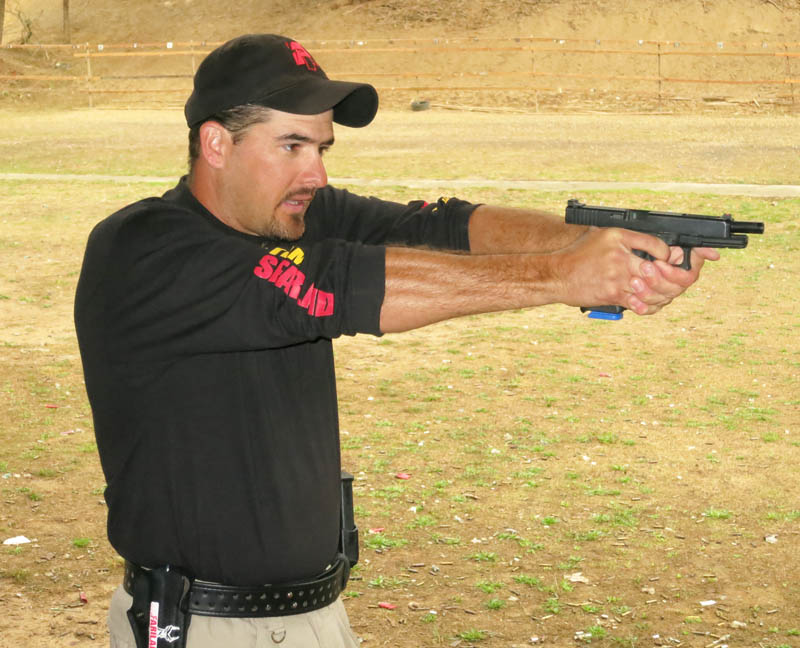
From 1986 to 2010 I was issued, qualified with, or authorized to carry a 1911—even got the POST certified SWAT Academy training for the 1911. While I had no problems maintaining my personal 1911′s, go ahead and try to keep nearly 100 1911′s from a large full time metropolitan SWAT team up and running. The 1911 is not a logical choice for general LE issue, including SWAT team use, in this era given the increased fiscal outlay they require. In addition, for years I thought I shot a 1911 better than any other pistol. However, when run across a wide variety of tests based on objective times and scores, rather than subjective feelings, that did not turn out to be true. It turns out I run an M&P or Glock just as well.




